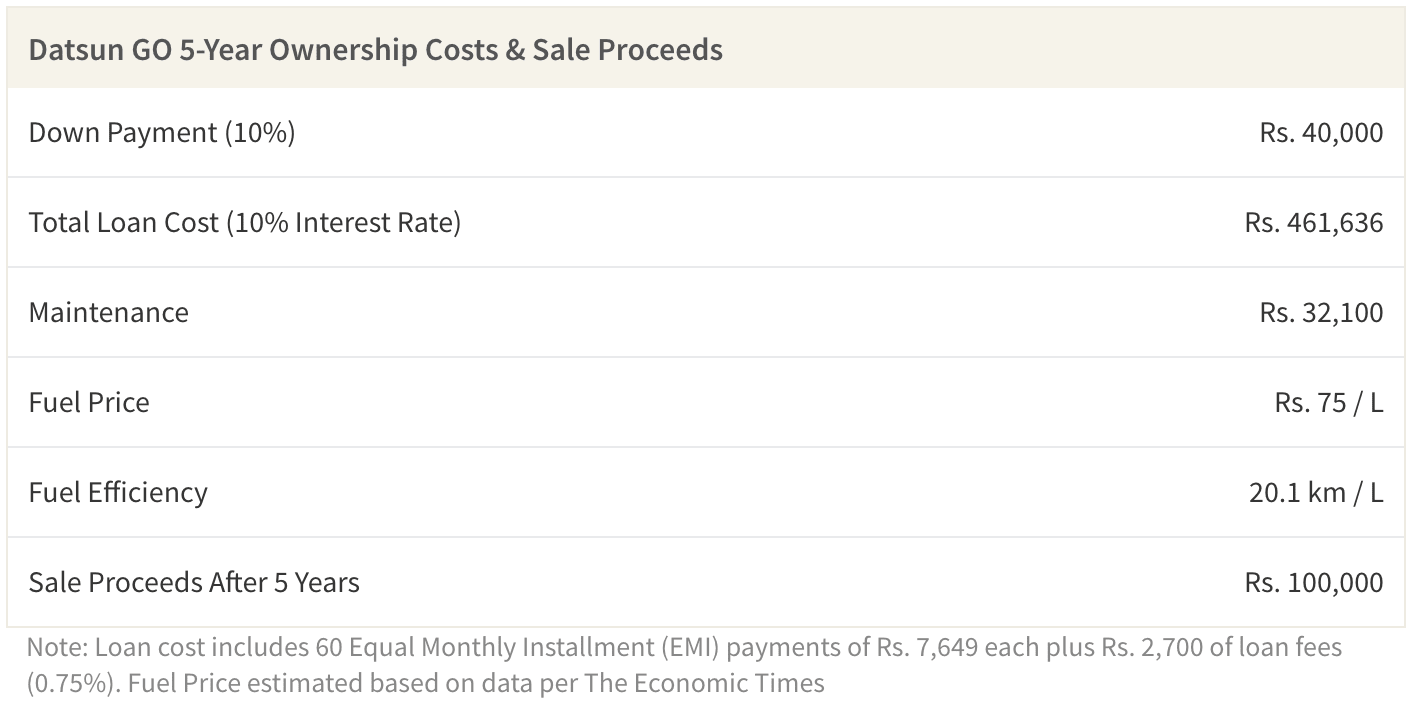Ever wonder how to get an MVP off the ground? This is a nice first-person account of the process

Hi, I’m Nicholas Lim, the Co-Founder of Outside — a community tasking app that makes it easier for people to help each other with their daily inconveniences.
The Outside team is made out of students and fresh graduates who are passionate about tech and the sharing economy. We have previously attempted several business ideas together and ultimately got back together to build Outside.
The Beginning
I met my co-founder and friend, Dion, back at a social entrepreneurship program in secondary school. After graduation, we decided to try starting up businesses together. Within a few years, we attempted 6 different ideas, ranging from tech enabled crowdsourcing, sustainability, gaming, to even contract jobs and events.
After testing out multiple concepts, we finally arrived at the idea of creating a platform that would make it easier for people to help each other. Thus, Outside was born.
Like most people who lack the ability to build an app themselves, we resorted to outsourcing. However, the experience was not the best. The constant check-ins with the outsourced developers were very time consuming and the development process took 3 months longer than what was planned.
Worst of all, the app did not perform as expected. The 6 months of designing and gathering feedback led to more functions, and building more functions led to a much bigger price tag.
The constant unexpected delays and changes were slowly diminishing our savings. Soon, we realised that we had to raise more money or drop the app.
As 20 year-olds, this was the toughest decision that we had to make. We considered borrowing money and even tried to apply for bank loans (the banks obviously rejected). Ultimately, with rising tensions and tighter finances, we had no choice but to let go of the app.
Leveling up
However, soon after, Dion and I felt that it was possible to pick up programming by ourselves to save the app.
After numerous research, as well as four-to-five months of tumbling around and attempting two different frameworks (Dartlang+Flutter and React Native), we finally created a Minimal Viable Product (MVP) that performed the basic function of tasking and task management.
The journey was not at all smooth. While building the app, we hit roadblocks such as learning the wrong language and had difficulty seeking help. We failed to hit our targets and the release for private beta was pushed back for nearly 3 months.
While rushing for the private beta release, we were constantly in the office up till the last available bus home. This routine of pushing ourselves only resulted in burning out and increased tensions within the team.
After realising the detrimental effects of our working style, we agreed on building a proper work schedule and system to better manage our work process ( You can learn more about it here ). With everything in place, we managed to launch our private beta in December 2018.
Also Read: Grab launches GrabTukTuk Electric in Chiang Mai for greener transportation
While we also initially intended for our public beta to launch in December, we received several crucial feedback and noted problems from our private beta testers. This led to us making the decision of doing a controlled scale test instead. Doing so allowed us to focus on understanding our current testers and helped us in better adding value to the app.
After fixing up issues and restructuring the app we successfully (and proudly) launched the public beta of Outside in February 2019.
Side note: we were very lucky and thankful that we were given the opportunity to both open our first booth and pitch for the finals at Unicon Arena 2019. We came in as runner up within 48 hours of our launch too yay!
Whats Next
Although we have already launched our public beta, we are still very much at The Start of our journey. We recently onboarded new members and are currently preparing for our demo day in mid April!
We are currently getting more beta testers so that we can collect more feedback to improve on the product. There are also several pretty interesting functions coming down the pipeline that we are very excited to share!
Also Read: Asset tokenisation platform STP Network raises US$7M; to launch IEO on Bittrex
We can’t wait to see how you guys react to them. In the meantime, keep an eye OUT for us! 
—
Photo by Pablo Heimplatz on Unsplash
The post Learning from early failures: Inside our startup Outside appeared first on e27.












